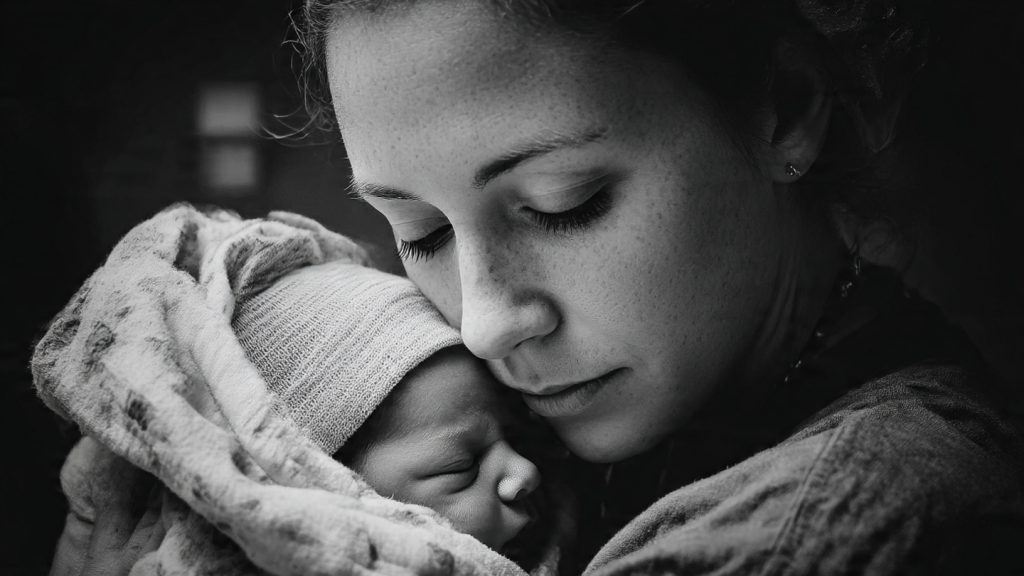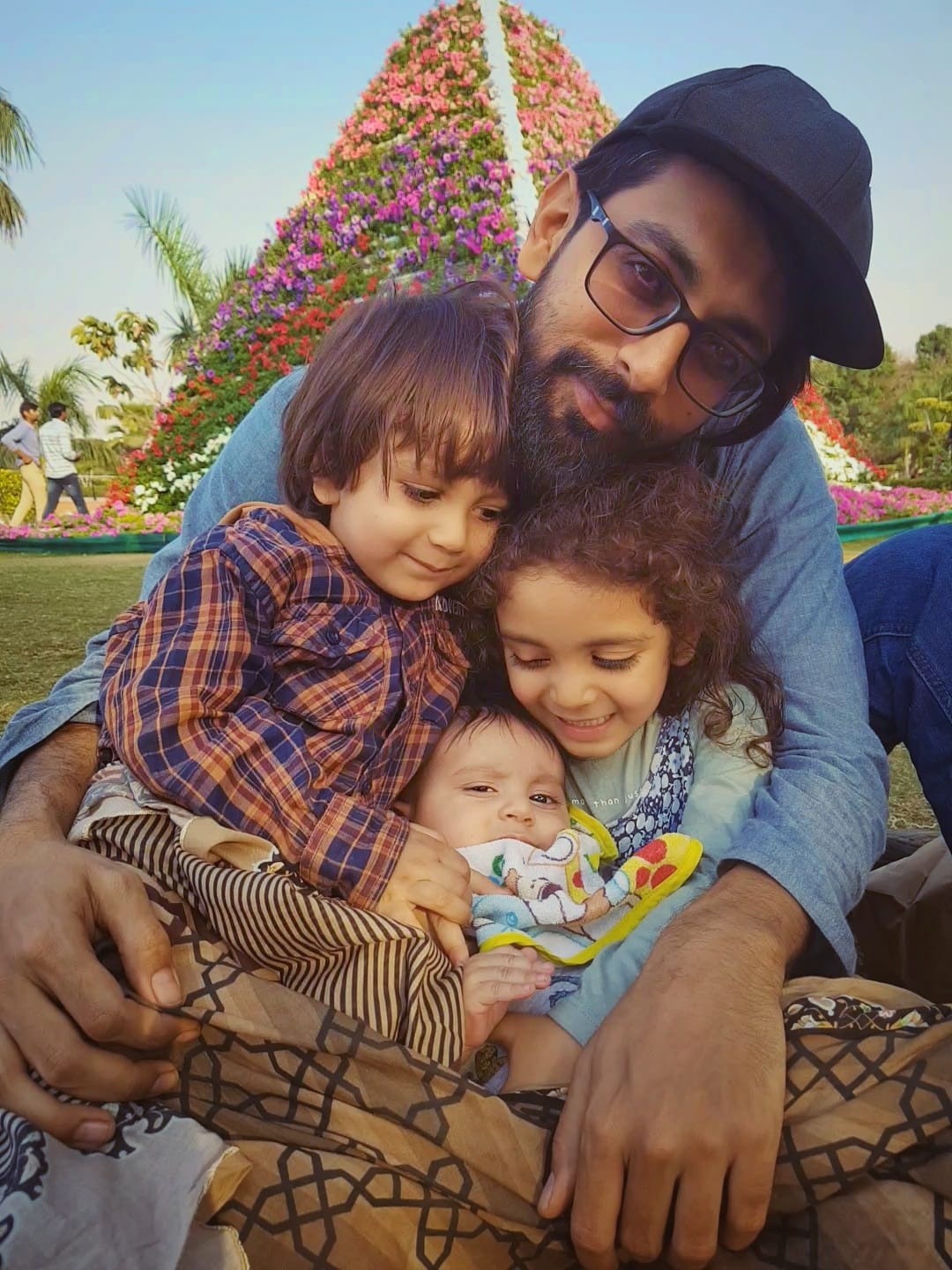# 🤱 *Post-Birth No Milk Production – Germanic Healing Knowledge (GHK) Perspective*
“When a mother cannot nurse, her body is expressing an emotional shock that occurred before or during birth — not failure, but protection.”
— *Germanic Healing Knowledge (GHK)*

—
## 🧠 Biological Context
In GHK, milk production involves the mammary glands (milk-producing alveolar tissue) and milk ducts, both governed by different brain relays and biological programs:
| Structure | Brain Control | Germ Layer | Conflict Theme |
| Mammary Glands (Alveoli) | Cerebellum | Old Mesoderm | Worry, caring, nurturing conflict |
| Milk Ducts | Cerebral Cortex | Ectoderm | Separation, loss of contact |
Both play key roles after birth — one produces milk, the other carries it outward. If either program is disturbed by an emotional shock, milk flow may stop or never begin.
—
## ⚡ **Primary Biological Conflict**
“My baby is in danger!”
or
“I cannot care for / protect my baby.”
This is known as a “mother–child worry conflict” or “nest worry conflict.” It activates the mammary gland program, whose purpose is to enhance milk production during the conflict-active phase — to “nurture and protect.”
However, if the conflict occurs right before or during delivery, the system can become biologically “locked,” preventing the natural transition to the healing phase.
__
## 🔄 *Conflict-Active Phase (Stress Phase)*
- The body interprets the emotional shock as “My baby is in danger.”
- Mammary glands start proliferating cells to increase milk-producing capacity.
- But physiologically, milk let-down is suppressed due to sustained sympathicotonia (stress mode).
- Mother feels tense, anxious, unable to relax.
- Oxytocin and prolactin release are inhibited by adrenaline.
Even though the biological purpose is to help the child, stress physiology blocks the actual flow of milk.
—
## 💧 **Healing Phase (After Conflict Resolution)**
When the mother finally feels safe — when she knows her baby is well, or the birth environment becomes calm — her body shifts to vagotonia (relaxation).
Now the milk flow can begin naturally.
Typical signs:
- Warmth, fullness, tingling in breasts.
- Emotional relief or tears.
- Sometimes a mild fever — “milk fever” — which marks the healing phase of the mammary glands.
—
## 💔 **Why Milk May Not Come at All**
If the shock remains unresolved (for example, baby separated after delivery, NICU admission, C-section trauma, mother’s guilt or fear):
- The body stays in conflict-active phase, blocking lactation reflexes.
- In some cases, mothers enter a hanging conflict, oscillating between wanting to nurse and feeling anxious or unworthy.
- This leads to little or no milk production, even though structurally the breast tissue is healthy.
—
## 🧩 **Common Emotional Triggers**
| Situation | Underlying Biological Perception |
| C-section or medical separation | “My baby was taken from me.” (Separation conflict – milk duct program) |
| Premature or sick baby | “I can’t protect my baby.” (Nest worry conflict – gland program) |
| Traumatic birth experience | “Something went wrong — I failed.” (Self-devaluation + guilt) |
| Partner absence during birth | “I’m alone in this.” (Territorial fear – hormonal imbalance) |
| Hospital stress, bright lights, strangers | “I don’t feel safe to relax.” (Sympathicotonia dominance) |
—
## 🌸 **GHK Healing Insight**
> “The absence of milk is not failure — it is a reflection of unresolved shock.
When peace returns, the body naturally resumes its nurturing function.”
—
## 🕊️ **Supportive Healing Steps**
1. Acknowledge the Conflict Moment
- Recall what felt unsafe, shocking, or painful during or after birth.
- Sometimes the simple act of *sharing the story* releases the biological program.
2. Recreate Safety
- Quiet space, dim lights, skin-to-skin contact.
- Loving presence of partner or trusted person.
3. Affirmations
- “My baby is safe and loved.”
- “I am calm, supported, and capable.”
- “My body knows how to nourish naturally.”
4. Physical Aids (Optional)
- Warm compresses, gentle massage, hydration.
- Herbal galactagogues (fenugreek, fennel, shatavari) may assist, but emotional calm is the real key.
—
## 🌿 **GHK Summary Table**
| Phase | Program | Biological Process | Visible Effect |
| Conflict-Active | Worry / separation conflict | Gland growth, but stress suppresses flow | No or little milk |
| Healing (PCL-A) | Relaxation, safety restored | Oxytocin & prolactin surge | Milk let-down begins |
| Epicrisis | Peak repair | Possible tingling, warmth, short fever | “Milk fever” |
| Healing Completion (PCL-B) | Balance restored | Normal milk production | Natural nursing resumes |
—
## 💡 **Core Message**
> “Post-birth absence of milk is not a hormonal defect — it’s the body’s intelligent pause, waiting for safety.
> Once the mother’s fear is resolved, the body remembers how to love, nourish, and flow.”
—
## 📖 **References**
- Björn Eybl – The Psychic Roots of Disease* (pp. 278–280)
- LearningGNM.com – Breast Gland and Milk Duct Biological Programs
- Germanische Heilkunde – Dr. Ryke Geerd Hamer’s Five Biological Laws

